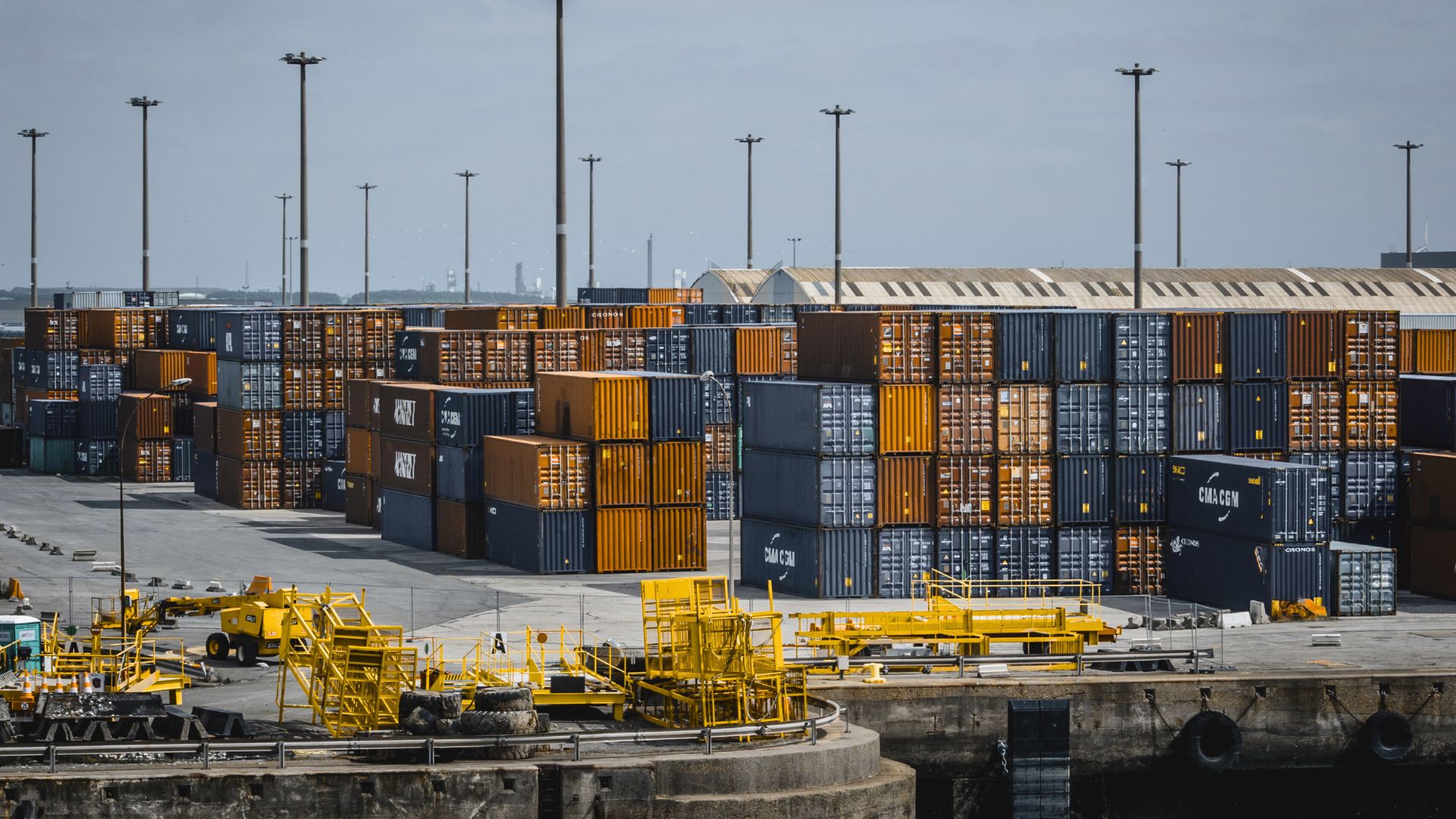Many businesses discover that there are bumps in the overseas manufacturing road that they did not originally anticipate. Assumptions that are valid in one part of the world may turn out to be incorrect in some other region. This does not make the concept of moving operations to a low-cost part of the planet inoperative, but it does mean that there are issues which may need to be addressed if one finds their firm involved with a poorly-performing overseas production facility.
One of the options for correcting poor overseas manufacturing results is to simply do nothing. It is important to remember that most startup facilities have teething problems that usually fade as everyone involved gains the experience of what is expected of them. The key here, however, is to make sure that the whole team recognizes the insufficiency in current results and is willing to put forth better efforts to erase poor performance issues. Consistent feedback and a process of corrective action allows manufacturers to push through this inevitable learning curve.
If, for whatever reason, this strategy lacks the desired result, it may be time to consider moving on. This does not mean that overseas operations need to be abandoned but merely relocated to another location or factory that can offer solutions to the current difficulties. With so many nations eager to garner export revenue and create relatively high-paying jobs for their citizenry, there are many countries that offer enticing bonuses for companies willing to give them an opportunity to perform. Even so, China generally remains hugely attractive for its vast manufacturing infrastructure and deep workforce, so if one China factory isn’t performing up to par, it can often make sense to just find another China factory that can do a better job.
With worldwide shipping rates resting at rock bottom there is little impact from moving from one high volume port, such as Shanghai or Guangzhou, to a less popular lower volume port. Instead of suffering higher shipping costs as a penalty for abandoning some current facility, it may also be possible to negotiate even lower freight rates than are presently enjoyed.
In short, there are many companies producing quality products at low costs worldwide. Overall, in order to see success after suffering initial or temporarily poor results in overseas manufacturing it will often take patience, business savvy, and the necessity to shop around until you find the right facility.




